Navigating the web’s backend can be daunting, but with the most popular backend frameworks for web development at your fingertips, success is within reach. From tried-and-true to emerging champions, our guide spotlights the best. Ignite your web journey now!
In this rapidly evolving world, websites are a must to take your brand’s presence online. According to Forbes, 71% of businesses have their website globally.
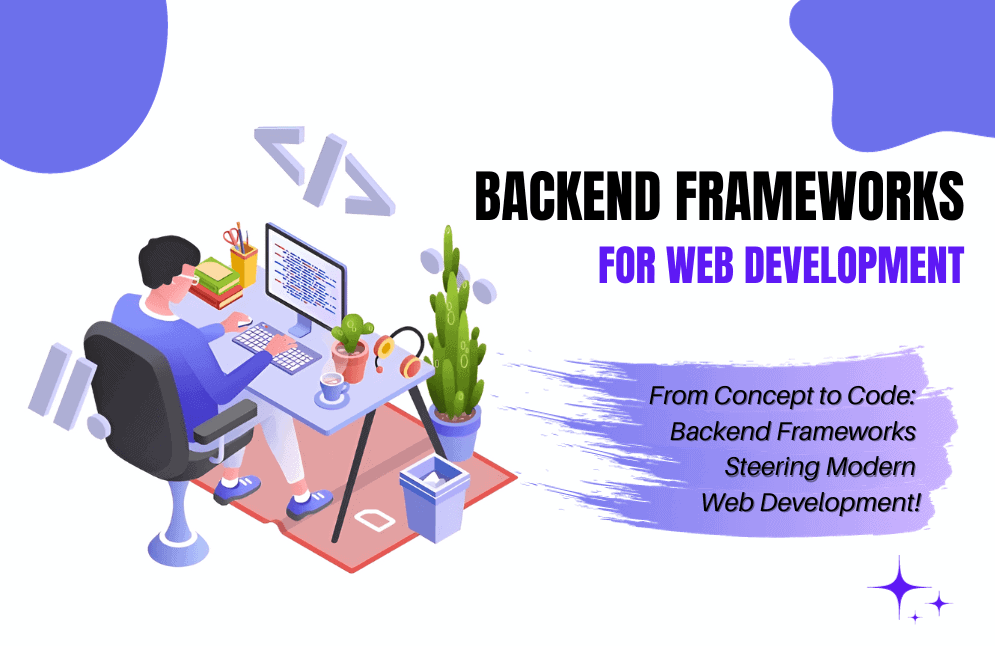
The website development is done in two parts. One is frontend development, and another is backend development. The front-end development focuses on the website’s UI, user interaction, etc., and back-end development focuses on handling the website data through the server.
For developing the website’s backend, developers use the backend frameworks for rapid development, making a scalable and feature-rich website. Before we go deeper, let’s take a look at the backend frameworks and their benefits.
What are the Backend Frameworks?
The backend frameworks are also known as server-side frameworks. The backend frameworks are used to develop the server for the websites. They provide a pre-built template for rapid development.
Backend frameworks make it easy to interact with databases and third-party APIs. Also, it contains various libraries and tools, which developers can install in the project with a single command and use in the project.
Overall, backend frameworks are used to make development easy.
What are the Benefits of Using Backend Frameworks?
Let’s look at the benefits of using the backend frameworks for your web solutions.
Rapid Development
As discussed above, the backend framework provides ready-made templates to develop a server for the web application. Further, it contains various libraries for different functionalities, which you can directly use in your project. This makes web development and deployment faster.
Modularity
The backend frameworks help developers write clean and clear code while breaking the complex code into smaller chunks. It lets them create modules for different functionalities. So, the developers can reuse the module’s code by importing the module into specific files. Moreover, it allows us to write reusable code, which also helps maintain the project code better.
Scalability
Another advantage of the backend frameworks is that they help developers write scalable codes. Developers need to scale the website server capacity when website traffic increases. Moreover, the architecture of the backend frameworks is developed in such a way that it allows load balancing to distribute the load across multiple servers.
Performance
Many backend frameworks have built-in tools for caching load balancing, which helps improve the performance. Some of their tools provide more efficiency in database interaction, improving the application’s overall performance.
Security
Nowadays, many backend frameworks come with numerous security features, helping to improve the application’s overall security. It prevents data leaks and unauthorized access. Also, it prevents security vulnerabilities like XSS attacks, SQL injection, etc.
List of Top 8 Most Popular Backend Frameworks
Here, we will talk about the top 8 backend frameworks and their key features that can transform your web projects in 2024.
Django
The Django framework is developed in Python. It is used to develop full-stack web applications. Also, it comes with a built-in database and security features.
The default database is PostgreSQL. However, you can also use other databases like MySQL, MongoDB, etc. It also comes with built-in authentication, which helps developers add authentication to the application in very little time.
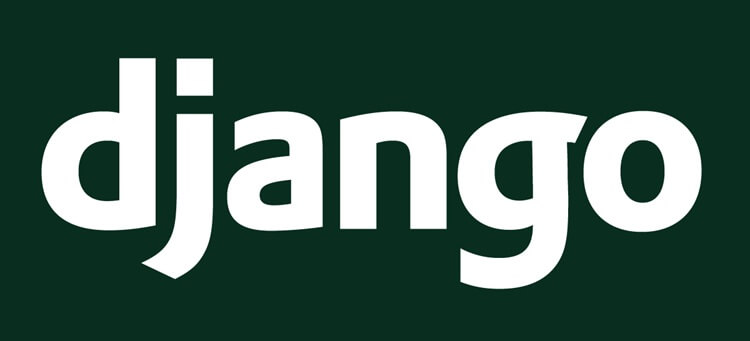
Django helps developers build web applications like social media management systems, blog websites, etc.
Key Features:
- It can render HTML templates and helps to make a full-stack application.
- Django has a built-in admin panel to let you manage the database.
- It comes with URL routing and view-handling options.
- Also, it allows the creation of multiple applications in a single project.
- It has object-oriented mapping (ORM) to interact with the database.
- It offers capabilities to handle user authentication.
Express JS
The Express JS is in the second position on our list. It is developed using JavaScript and NodeJS, a runtime environment.
In the world, 62% of developers are JavaScript developers, and most of them are familiar with Express JS. The Express JS is used in the MEAN (MongoDB, Express, Angular, NodeJS) or MERN (MongoDB, Express, React, NodeJS) stack development.
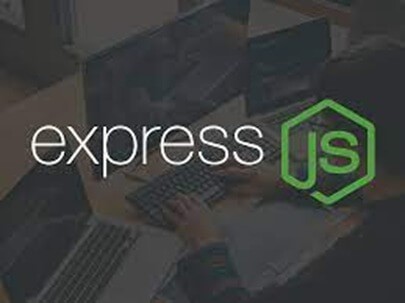
It provides easy code syntax to interact with databases like MongoDB and third-party APIS. Express JS is widely used to develop servers for websites, web applications, mobile applications, etc.
Key Features:
- It has a powerful middleware system.
- Offers easy routing.
- It provides a template engine to build a dynamic or full-stack website.
- It is ideal to develop a real-time synchronized application.
- High performance.
Spring Boot
Spring Boot is a Java-based, most popular backend framework. Due to the high popularity of Java, Spring Boot is also in demand.

Spring boot is mainly used to develop production-ready applications like e-commerce stores and other enterprise-level applications. However, since it is written in Java, developers might need to write code with complex syntax while using the Spring Boot.
Key Features:
- Mainly used to develop enterprise-level applications.
- Easy data management.
- Powerful security features.
- Robust authentication system.
- It allows us to build microservices.
- It supports multithreading.
- High performance
- Vast community support.
Flask
Falsk is another backend framework developed in Python. It is also referred to as a micro framework as it follows the minimalistic approach to web development.
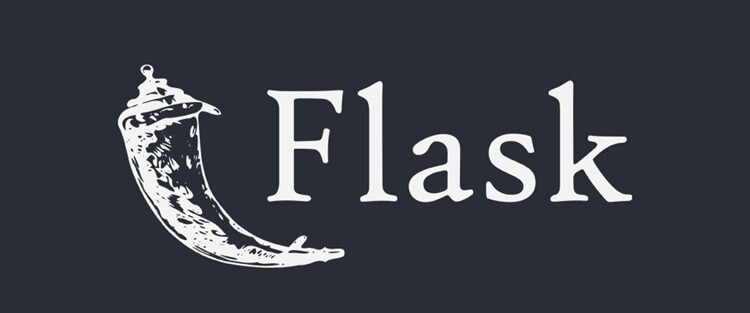
Significantly, Flask is lightweight, improving the performance of the application. Also, it supports a wide range of Python libraries, which you can install in the Flask project using the ‘pip’ command.
Key Features:
- It provides a simple and minimalist development design.
- It has a built-in debugger and web server.
- Also, it provides Unicode support.
- Jinja2 template engine.
- Effortless routing and views.
- You can create modules and write scalable code.
- Best framework to use for small and medium-sized applications.
asp.net core
The ASP.NET Core is developed in the .NET programming language. Currently, Microsoft handles it. The ASP.NET Core is a newer version of the ASP.NET backend framework.
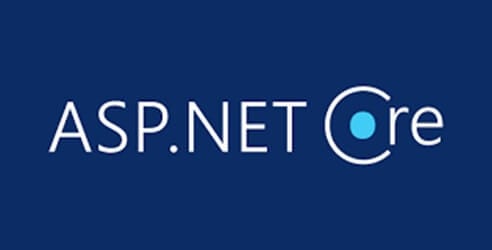
Due to its superior security and distinctive features, it is a fantastic choice for developing high-quality online applications, but it is very crucial to know .NET core best practices to achieve effective results.
It provides the best cross-platform support. The framework’s MVC (model-view-container) pattern allows developers to write reusable and scalable code.
Key Features:
- Easy syntax
- MVC pattern
- It allows the creation of self-hosted web applications.
- Lightweight
- It has built-in dependency injection.
Laravel
Laravel framework is developed on PHP. It also provides built-in features like authentication, security, HTML template rendering, etc. It provides a straightforward way to start a new Laravel project.
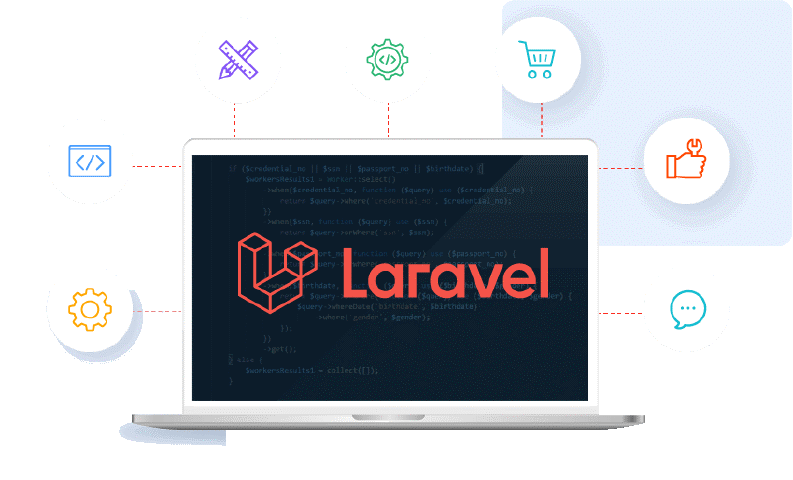
Also, it provides easy installation for third-party libraries and tools. Some of its remarkable features are;
Key Features:
- It supports the MVC architecture.
- Blade template engine
- Powerful built-in authentication system.
- Artisan command line tool
- Packaging system
- Easy installation
- Object-oriented libraries
Ruby on Rails
The Ruby on Rails is developed in the Ruby programming language. It also follows the MVC (model, view, container) pattern and is used to develop full-stack websites.

It allows the addition of database integration and live synchronization to the application with simple code. Also, RoR provides robust security features to your web solutions.
Key Features:
- It provides automated deployment for websites.
- RoR follows convention over configuration rules.
- It also follows the DRY (Don’t repeat yourself) rule, allowing you to write reusable code.
- It provides testing tools.
CakePHP
The CakePHP is an open-source web development framework developed in PHP. It is also gaining popularity nowadays.
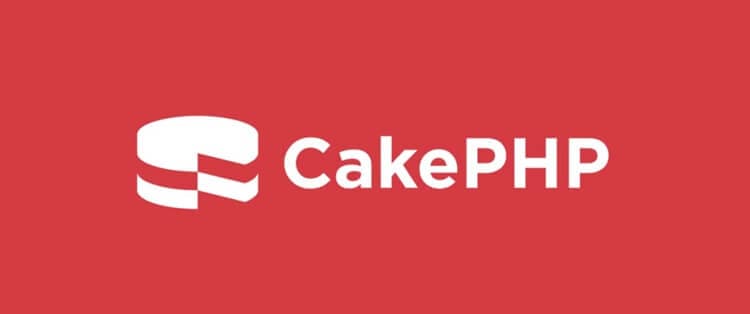
It provides a pre-built template to create a server for the web applications, making development faster. It has several features like built-in code generation, built-in validation, etc., to make development more efficient.
Key Features:
- MVC architecture
- Built-in code generation
- Flexible template engine
- It provides the ORM to interact with the database.
The Best Backend Frameworks for Web Development in 2024: Final Thoughts
So, we have explored the top 8 backend web frameworks of 2024. Each web framework has its features and is used in different use cases.
For example, ExpressJS is widely used to make faster and scalable websites. Django is used to build a full-stack web application with features like authentication. The Sprint boot is used to develop applications with more database interaction.
So, choose the right backend framework according to what kind of website you are developing and what features you need. And make your web projects future-ready.
You may also be interested in checking out:
- How to Build a Music Streaming Website: A Step-By-Step Manual
- How to Set Up a Magento Development Site?
- What is Cross-Platform Development and What You Should Know About It?
- How to Check .NET Framework Version in Windows 10 Computer